simulate this circuit – Schematic created using CircuitLab
The above schematic is used to heat a 2.4-ohm load. I am using a power supply from Meanwell GST280A24 280W at 24V. In the MCU it is performed a soft start of the PWM 30 Hz.
Everything is working good if I remove the capacitor C1. As soon as I connect the capacitor C1 at startup the TSR1-2450 and the Atmega instantly burnt. How can it be possible?
The capacitor C1 in this configuration is a ceramic one CL31B106KLHNNNE.
In a previous configuration, I used an electrolytic capacitor as C1 of 2200u EEE-FK1V222SV and I have never noticed the same issue.

